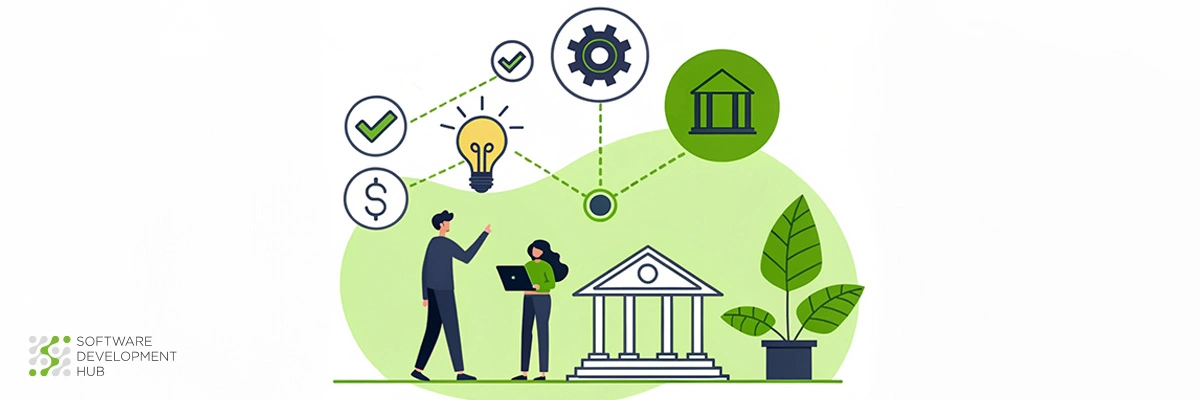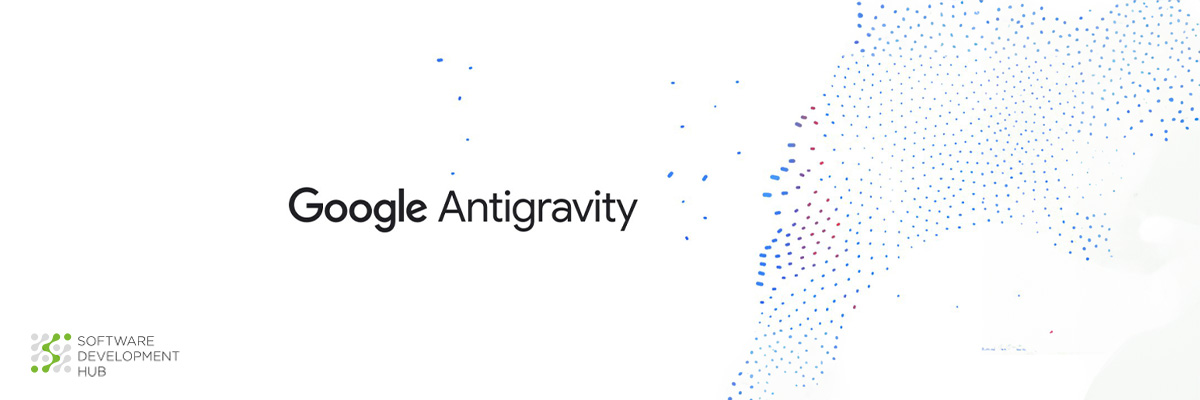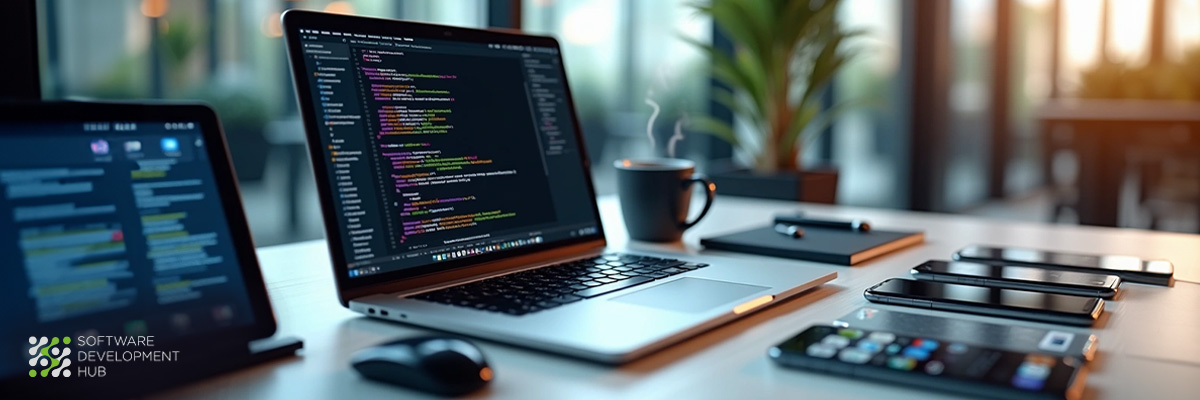MVP Development Cost in 2025: Building a Profitable FinTech App in 30 Days
The numbers are eye-opening - 42% of apps fail because they don't meet market needs. This makes MVP development cost a vital factor in a fintech startup's success. The global fintech market grows at 19.8% each year, and businesses need a smart strategy to compete effectively.
Fintech development costs typically range from $15,000 to $150,000. Companies can substantially lower their investment risks by building a focused MVP app. Smart planning and resource allocation help launch the first viable product in just 30 days, unlike the usual 6-month timeline. This piece breaks down every cost detail, timeline, and strategic decision you need to build a profitable fintech MVP in 2025. You'll find how to make the most of your development budget while you retain control over quality and compliance standards.
Why build an MVP first
Building an MVP first gives several advantages in the fintech sector. Companies can test their ideas early and get important feedback about how well the product fixes financial problems. The development costs are lower because teams focus on key features instead of complex ones.
The MVP development strategy helps companies to:
- Test market reaction without spending too much
- Get real-life user feedback to improve the product
- Remove unnecessary features early
- Grow user base before full launch
Setting Up Your 30-Day Timeline
A fintech MVP needs just 30 days of careful planning and execution. Teams can achieve quick development without sacrificing quality when they allocate resources strategically and set clear milestones.
Week 1 goals
The first week puts the spotlight on MVP scope definition and interactive prototype creation. Teams need to understand core functionalities and turn their insights into actual designs. This phase has:
- Market research and competitor analysis
- User persona development
- Interactive prototype creation
- Quick feedback from early testing
Week 2 milestones
The second week builds technical foundations. Development teams use pre-coded modules - often called 'Lego blocks' - to make the building process efficient. These components handle crucial functions like:
- User authentication systems
- Data processing frameworks
- Payment integration setups
- Simple security implementations
Week 3 targets
Week three combines design and development workflows. Teams stay on track with regular check-ins and feedback loops. The main activities are:
- Updates based on continuous feedback
- Core financial feature integration
- Security protocol implementation
- Performance optimization
Week 4 completion tasks
The last week focuses on testing and launch preparations. Quality assurance teams look at functionality and user experience to ensure stability and scalability. The critical tasks are:
- Detailed functionality testing
- User experience validation
- Security protocol verification
- Final deployment preparations
Teams keep everything transparent with regular check-ins and flexible workflows. This organized approach makes rapid development possible while creating a product that meets market demands and security standards. The process values continuous feedback, which allows teams to pivot when needed without disrupting the schedule.
Teams can deliver a market-ready MVP that balances speed with quality by doing this. This method will give a quick validation of ideas while staying flexible enough to adapt based on user feedback and market needs.
Choosing Your Development Approach
Choosing the right development approach is crucial for fintech startups. The global IT services outsourcing market has grown to USD 342.60 billion in 2023. Each development method brings its own set of benefits and challenges that affect MVP costs and timelines.
In-house vs outsourcing
In-house development gives companies complete control over operations and makes shared team collaboration possible. Teams can quickly make changes based on feedback with direct control over the development process. All the same, this path comes with hefty expenses. Companies must recruit, train, and retain specialized talent.
Hybrid teams
Hybrid development has become a game-changer, with 59% of companies choosing this approach in 2023. This strategy mixes internal oversight with external expertise to offer better flexibility and scalability.
MVP Cost Breakdown
Smart resource allocation for MVP development starts with a clear understanding of the financial picture. The fintech MVP market shows costs between $10,000 and $100,000. These costs depend on how complex your project is and who makes up your team.
Development costs
Your MVP budget will go mostly toward development. A simple MVP with core features costs $10,000 to $20,000. Medium-complexity projects need $20,000 to $50,000. Complex MVPs with custom features can cost more than $100,000.
Developer rates change based on where they're located:
- Eastern European developers ask for $20-$60 per hour
- Western European and US developers charge $100-$150 per hour
- Freelance developers typically cost $25 per hour
Design expenses
Good design drives user adoption. Your UI/UX design needs proper funding and takes up 10-15% of the total budget. Custom animations, dynamic graphs, and customized dashboards cost more but make the user's experience better.
The design phase is a key investment for fintech MVP success. It costs between USD 10,000 and USD 50,000, depending on how complex the design is. Good UI/UX design affects how many users adopt the app, which shapes its market success.
Key design elements you'll need:
- User experience mapping
- Interface prototyping
- Accessibility features
- Custom animations and transitions
Testing budget
QA expenses take up 15-25% of the total IT budget, making it a significant part of MVP development costs.
Quality assurance is worth every penny. Basic testing packages start at $5,000. Detailed QA solutions can go beyond $20,000. You should set aside 15-20% of your original development costs for yearly maintenance.
Testing costs cover:
- Functionality verification
- Security protocol validation
- Performance optimization
- User acceptance testing
Third-party services add regular costs to your budget. Stripe takes 2.9% plus $0.30 for each transaction. Your MVP needs constant care. Plan to spend about 20% of your original development budget each year. This money goes toward system improvements, security updates, and new features based on what users tell you.
Marketing and Promotion
Marketing strategies play a crucial role in fintech MVP success. Data shows that well-planned campaigns can boost user adoption rates by 425%. Smart planning and targeted outreach help companies maximize their launch results while making the best use of their marketing spend.
Fintech companies spend 5% to 20% of their revenue on marketing initiatives. This investment supports complete launch campaigns on multiple channels.
Conclusion
A profitable fintech MVP needs to balance costs with core functionality. Success stories show MVPs work best when they focus on main features and strong security measures. Smart planning helps reduce original investment risks.
Companies spend between $15,000 to $150,000 on development. With proper resource planning, they can launch working products in just 30 days. Small teams of five to seven people deliver the best results, especially when you have both internal teams and outside experts. Product testing takes up 15-25% of budgets but substantially cuts down problems after launch. The best fintech MVPs come from careful planning and smart use of resources while staying focused on what users want.
Categories
Share
Need a project estimate?
Drop us a line, and we provide you with a qualified consultation.








